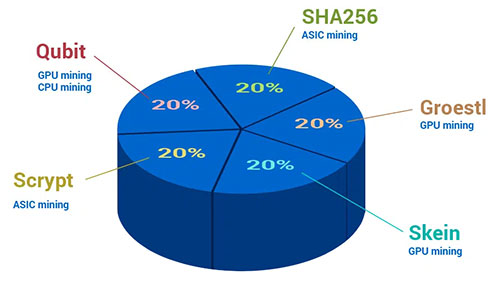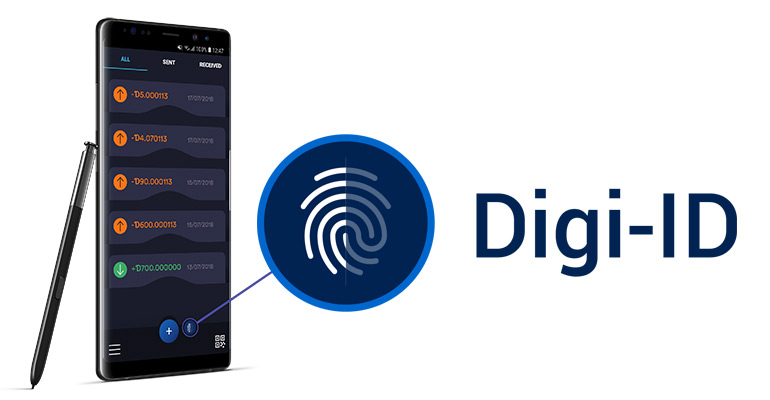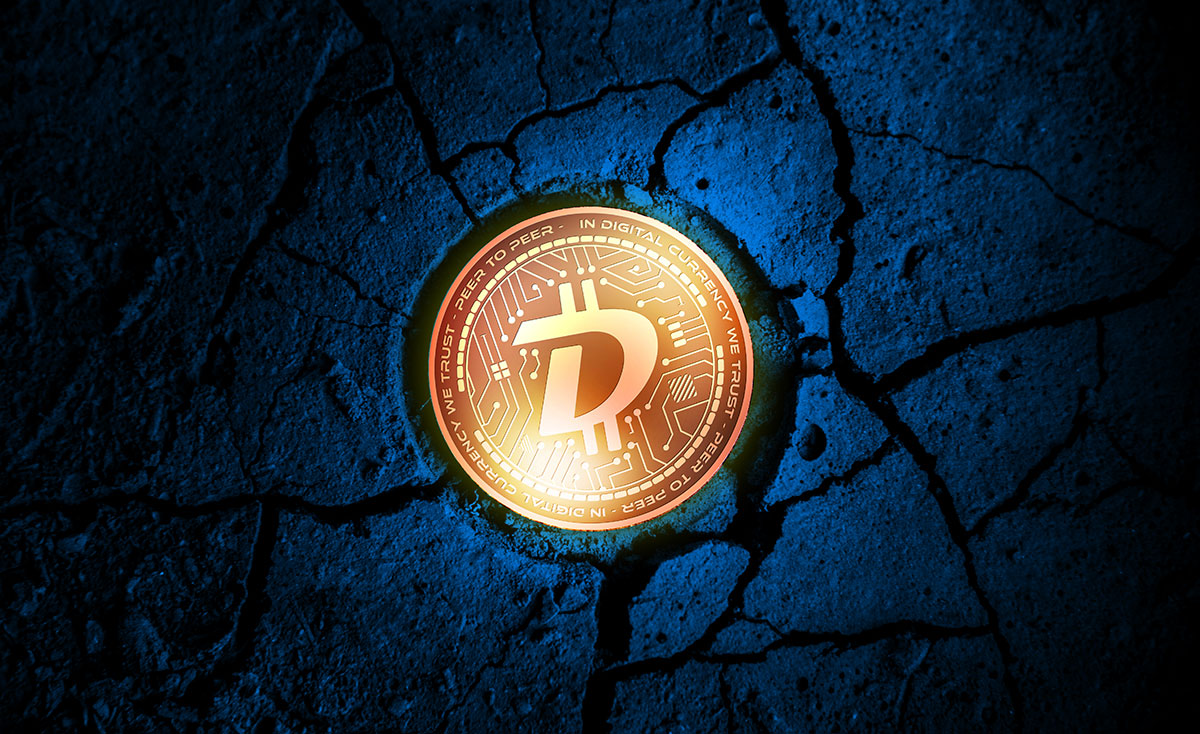Abstract
The DigiByte blockchain has an innovative feature: its three layers structure provides the network infrastructure, security, and communications to function with cutting-edge speed. The native coin of this ecosystem is DigiByte (DGB). Users can easily mine or purchase this highly scalable peer-to-peer digital currency to hold, trade, hedge, or transfer value at a reasonable speed and acceptable transaction fee.
On top of the DigiByte blockchain, we have DigiAssets, a secure, scalable layer that supports the decentralized issuance of digital assets, tokens, smart contracts, digital identity, and more.
Introduction
DGB (DigiByte), founded in 2013 by Jared Tate, is a blockchain-based platform and cryptocurrency. DGB is the native coinof the platform and powers DApps and smart contracts. DigiByte is a proof-of-work consensus mechanism blockchain and supports several mining protocols.
Milestones of DigiByte
- DigiByte officially launched In January 2014
- In April 2017, we witnessed Segwit activation on DigiByte, which became the first significant altcoin to do so
- May 2019 – They launched DigiAssets in May 2019
- In February 2020, DigiByte Foundation launched
- In 2035 the 21 Billionth DGB will be mined.
DigiByte Blockchain Working Mechanism
DigiByte blockchain’s three layers infrastructure is the innovative part of the network, increasing the security level and communicational functionality with cutting-edge speed and is the longest UTXO blockchain in the world.
DigiByte is a blockchain network formed on the base of three different layers:
- Layer One: The top layer supports smart contracts, Dapps, and customizable tokens.
- Layer Two: The second layer is a public ledger in which the DigiByte native coin moves through the network and serves as its base asset.
- Layer Three: The bottom layer is the system’s core infrastructure and contains the decentralized nodes, the client software, and the communication between each.
DigiAssets Protocol
The DigiAssets protocol is in the top position on the DigiByte blockchain and can create all types of digital assets and DApps on the DigiByte blockchain. It also encodes smart contracts that boost the up rigidity and security level of the DigiByte quickly and easily.
$DGB
DigiByte, DGB is a peer-to-peer digital currency that is highly scalable and enables to transfer the of value at a considerable speed (almost 40 times faster than the Bitcoin Network) with a reasonable transaction fee, which makes it a suitable cryptocurrency for digital payments.
DigiByte vs. Bitcoin
According to assessments, DigiByte and Bitcoin use Unspent Transaction Output (UTXO). UTXO is a technical process in which accounts keep blockchain transaction records. Still, there are differences, too; for example, DigiByte has 9 million blocks when Bitcoin only has 600,000 blocks, and DigyByte is 40 times faster than Bitcoin.
Unlike the Proof of Work mechanism of the DigiByte blockchain, this network has five different mining algorithms, while almost all other blockchains only use one mining algorithm. These five mining algorithms prevent mining centralization and make the DigiByte network more secure and decentralized than other blockchains like Bitcoin and Ethereum, claiming that blockchain networks aren’t secure and scalable enough.
Besides, the team behind DigiByte blockchain believes that having five mining algorithms are “most advanced difficulty stability” of any current blockchain. The advanced difficulty adjustments protect the DigiByte blockchain from malicious attacks and further improve security.
DigiAssets
The “DigiTorch” and “DigiFlame” are the most innovative achievements of DigiByte, known as DigiAssets. DigiByte built DigiAssets on the blockchain third layer that, as we mentioned earlier, are for smart contracts and Dapps on DigiByte blockchain.
DigiByte 2014-2035
DigiByte follows a total supply of 21 billion DigiByte in a fixed 21 years distribution schedule with no ICO. The only ways to earn DigiByte are by purchasing DGB or mining DigiByte because there are no ICOs or Token Generation events. Mining DigiByte began in 2014, and according to the schedule, it will finish in 2035 after mining the 21 billionth coin.
Purchasing or trading DigiByte coins now is possible on major exchanges such as Bittrex. Interested users or traders must download a DigiByte wallet, a software that users can store and manage their DGB. As DGB coins store on the DigiByte blockchain, DGB holders must register the DigiByte wallet and use public and private keys to transfer funds or access their wallets, like most other crypto wallets.

How to Mine DGB?
DigiByte’s five mining algorithms are:
- SHA256
- Scrypt
- Skein
- Qubit
- Odocrypt.
It’s possible to mine DigiByte with computer hardware, CPU, or GPU mining or mine with specialized ASIC machines like most miners do in the Bitcoin blockchain. The Mining rewards are distributed equally to miners on each algorithm.
Once users choose the algorithm they want to mine DGB next steps would be selecting a proper DigiByte mining pool and downloading the appropriate mining software.
- CCMiner for Nvidia cards
- Claymore miner for AMD GPUs
- AwesomeMiner for CPU mining
Finally, they have to configure their pool required settings and set their DigiByte address. After that, the mining procedure begins.
How To buy DGB?
Find and exchange platforms that already listed DGB, like Binance, Kucoin, Bittrex, OKEx, etc. Then people who want to purchase and hold DGB can trade it against other cryptocurrencies or pay to buy through the DigiByte Foundation website using SEPA, Debit, or Credit cards.

Digi-ID the Authentication
DigiByte blockchain technology has Digi-ID, a security protocol that empowers users to sign in to websites, applications, and even on the IoT.
Digi-ID is a system that eliminates the need for username, password, and two-factor authentication requirements for authentication. Digi-ID uses public or private key cryptography, so no passwords or usernames are at risk. This method protects users and the services consumers with Digi-ID use. Digi-ID strengthens security because it does not store data about its users on the DigiByte blockchain.
Digi-ID is an entirely free service that doesn’t require fees for subscription services or maintaining the account. But the cost is its second-best feature.
How to log in using Digi-ID?
- The website, application, or product generates a unique Digi-ID QR code and presents it.
- Scanning the QR code from the DigiByte Mobile app or any Digi-ID-supported app is one of the ways to log in to the service.
- The user authenticates the request by entering their app PIN code or biometric identification methods, including scanning their fingerprint or face.
- When Digi-ID sends the cryptographically-signed request back, users can successfully log in.
Conclusion
DigiByte (DGB) is a blockchain platform founded in 2013 by Jared Tate. DGB is DigiByte blockchain native cointhat has many prominent exchanges and powers DApps and smart contracts that the DigiByte platform supports.
However, DigiByte uses the proof-of-work consensus method, but it supports five mining protocols, including SHA256, Scrypt, Skein, Qubit, and, Odocrypt. DigiAssets is a secure, scalable layer on top of the DigiByte blockchain that allows for the decentralized issuance of digital assets, tokens, smart contracts, digital identity, and more.


